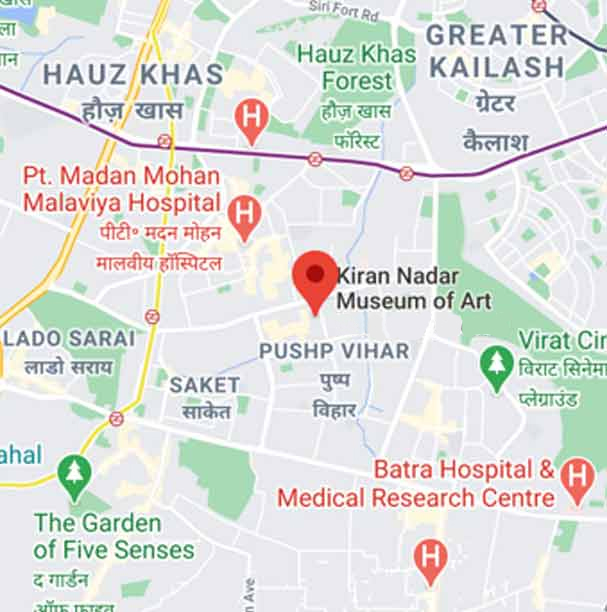Urbanism, Anxiety and Sexuality as Contexts: The Making of Art in the 1970s and ‘80s
Speakers: Gulammohammed Sheikh, Sudhir Kakar
Moderator: Ashis Nandy
The symposium commenced with Gayatri Sinha providing a backdrop of India of the ‘70s and ‘90s when it was flanked by modernism on one side and national economic sprouting on the other. With no concrete theorization whatsoever of their own, India transformed into a state controlled country followed inadvertently by bureaucracy and corruption. This socialist state instilled in the artists a sense of anti-institutional rigor and became the launching platform for the postmodern.
The 1969 riots, the emergency in 1975 and the trauma of the demolition of Babri masjid seeped in Gulammohammed Sheikh the realization that the syncretism of Nehruvian era had become a historic anachronism. Sudhir Kakar distinguished the Western notion of artistic creativity from the Indian notion; the former linked with the mental state marred by emotional conflicts and the latter endorses tradition and aesthetics over the personal. Ashis Nandy delineated the concept of artistic creativity and explained its markers, namely, creativity marked by an androgynous touch and bequeathed by the divine power, greater tolerance of ambiguity, element of marginality where the artist is always considered an outsider and a greater degree of access to their non-logical and irrational selves.
This was the eighth symposium in the Museum Document series, curated by Gayatri Sinha.

